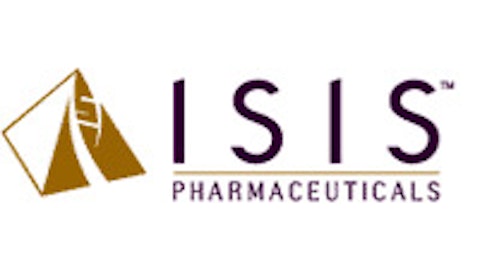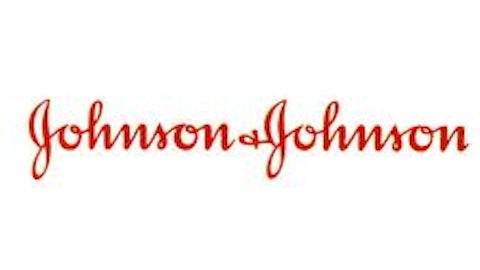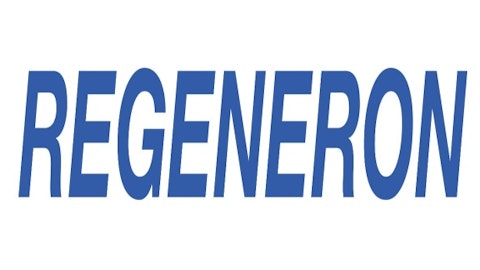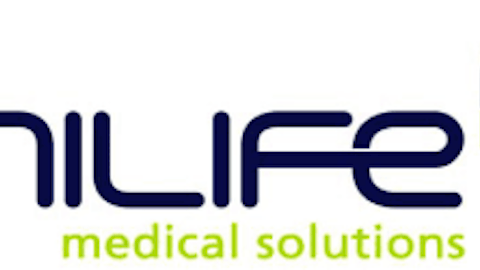Fluvirin and Flucelvax: Novartis AG (ADR) (NYSE:NVS)‘ Fluvirin was a big winner last year, selling an estimated $359 million in flu vaccines (third best among flu vaccines), and seeing a sizable increase over the 2011-2012 flu season. Novartis began shipping its vaccine in the U.S. just one month ago and plans to ship a minimum of 30 million doses this year (which is expected, since it shipped 36 million last year). Fluvirin is the more popular of the two, given that it’s approved for children as young as 4, while Flucelvax is approved only for adults, 18 and older.
Tamiflu: Originally developed by Gilead Sciences but licensed globally to Roche Holding Ltd. (ADR) (OTCMKTS:RHHBY), Tamiflu is a medication designed to reduce the severity of the flu should you contract it. Since it’s on the “essential medications” list of numerous governments around the world, Roche has racked up sizable sales for Tamiflu, but it’s also come under fire within the past year for not disclosing safety data on the medication. It’s also currently being investigated by the European Medicines Agency.
Relenza: Also developed by GlaxoSmithKline, Relenza is a medication given to patients who have contracted the flu that works by stopping the influenza virus from replicating in your body. It’s not a substitute for the flu vaccine but could theoretically stop you from contracting the virus if you took it just before the point of where you would have contracted the virus. It’s approved in children ages 7 and up, but has been used as a flu-prevention tool in children as young as 5.
I have money and I want to invest in flu vaccine makers. What’s my best bet?
Because the flu virus changes each year, one company could be wildly successful one year and fall flat on its face the next, so investing becomes a bit tricky.
One thing for certain is that Roche’s Tamiflu doesn’t appear like a safe bet, with its safety and efficacy in question overseas. AstraZeneca’s FluMist also isn’t very inspiring, with its higher costs consistently driving patients to cheaper options.
That really leaves Novartis, Sanofi, and GlaxoSmithKline as the investable options in this space. Glaxo is obviously intriguing for becoming the first quadrivalent vaccine to reach approval. However, since other vaccine makers will also have quadrivalent vaccines on the market this year, that advantage quickly evaporated. I believe Sanofi still remains the most intriguing way to play flu season. Sanofi’s Fluzone has the widest vaccination range when it comes to age, comes in more dosages than its peers, and even has a transdermal patch that cancels out the need to ever use AstraZeneca’s FluMist, since it drastically reduces injection-site pain.
Foolish roundup
I hope this gives you a better understanding of what flu season entails, what you can expect this season, and what your best investment opportunities might be in this space. With less than half of Americans getting a flu shot annually, there is a wide moat of opportunity for growth in this sector, so I think it bears your full attention as a patient and investor moving forward.
The article Everything You Need to Know About the Upcoming Flu Season originally appeared on Fool.com and is written by Sean Williams.
Fool contributor Sean Williams has no material interest in any companies mentioned in this article. You can follow him on CAPS under the screen name TMFUltraLong, track every pick he makes under the screen name TrackUltraLong, and check him out on Twitter, where he goes by the handle @TMFUltraLong.The Motley Fool recommends Gilead Sciences.
Copyright © 1995 – 2013 The Motley Fool, LLC. All rights reserved. The Motley Fool has a disclosure policy.




